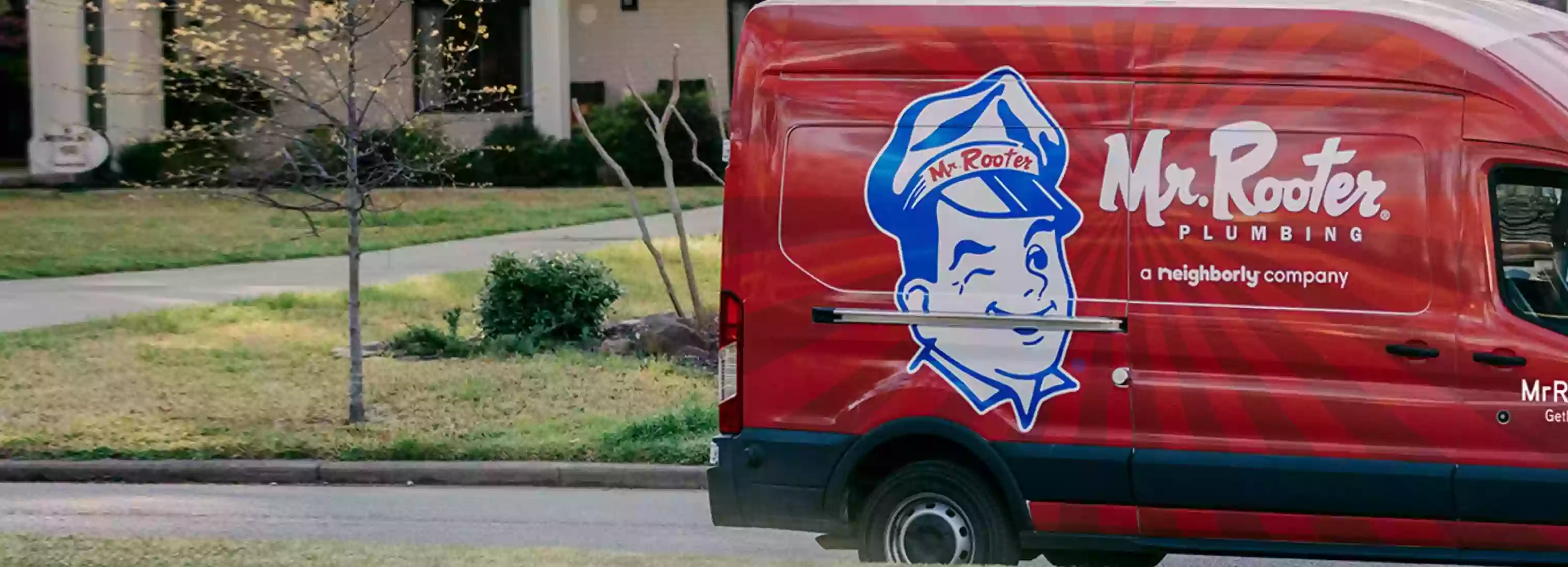Septic Tank Information: What is the Biomat?
You may have heard people talking about the “biomat” in connection with a septic tank system and wondered what this could mean.
You can now impress your friends with your wealth of septic tank information when you tell them that the biomat is a slimy greyish layer that forms on the bottom and sides of the trenches in your septic tank drain field. It is made up of anaerobic bacteria (the type that can survive without oxygen but often smells bad).
As long as the biomat is not too thick, anaerobic bacteria play a useful role in your septic tank system. When wastewater from your tank washes through the biomat, the anaerobic bacteria consume some of the excess nutrients and disease-causing organisms and stop them from getting into the main part of the drainfield.
Meanwhile, on the outside of the trench, where the soil is not saturated, you find living colonies of aerobic bacteria (the ones that need oxygen to survive). These aerobic bacteria colonies feed on the biomat and stop it from becoming too thick.
But the whole septic tank system comes under threat if the colonies of aerobic bacteria are damaged in any way. This can happen if the drain field gets waterlogged. Saturation deprives the bacteria of the oxygen they need to live. They can no longer keep the biomat under control and it becomes thicker and thicker. Eventually, it will become so dense that wastewater cannot enter the soil of the drain field and you get septic system failure, with unpleasant consequences.
One way to prevent problems caused by excess biomat is to have a secondary treatment device. This can prevent bio-mats from forming, or can destroy existing biomats by removing nutrients from the wastewater before it enters your absorption field. Existing biomats will literally starve without the presence of nutrients.
Other ways to keep your biomat under control:
- Keep household water usage as low as reasonably possible
- Don’t use garbage disposals (or use as little as possible)
- Never put grease down the drain!
Put your septic tank system (and bio-mat) on a “diet” by not feeding them high-calorie foods, for example, batter, cream, gravies, milk, salad dressings, and oils. These will all increase the load of nutrients in your septic system and increase the thickness of the biomat.
 Click to call
Click to call


